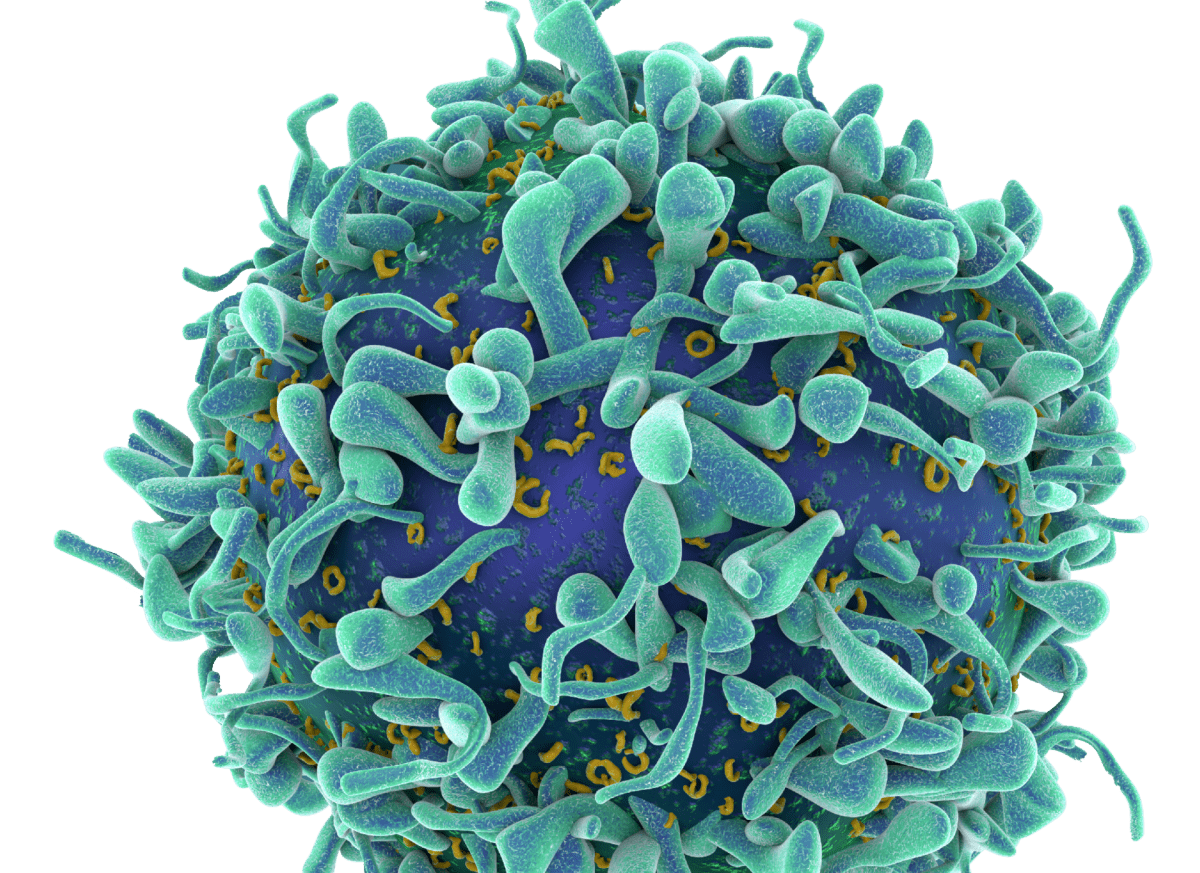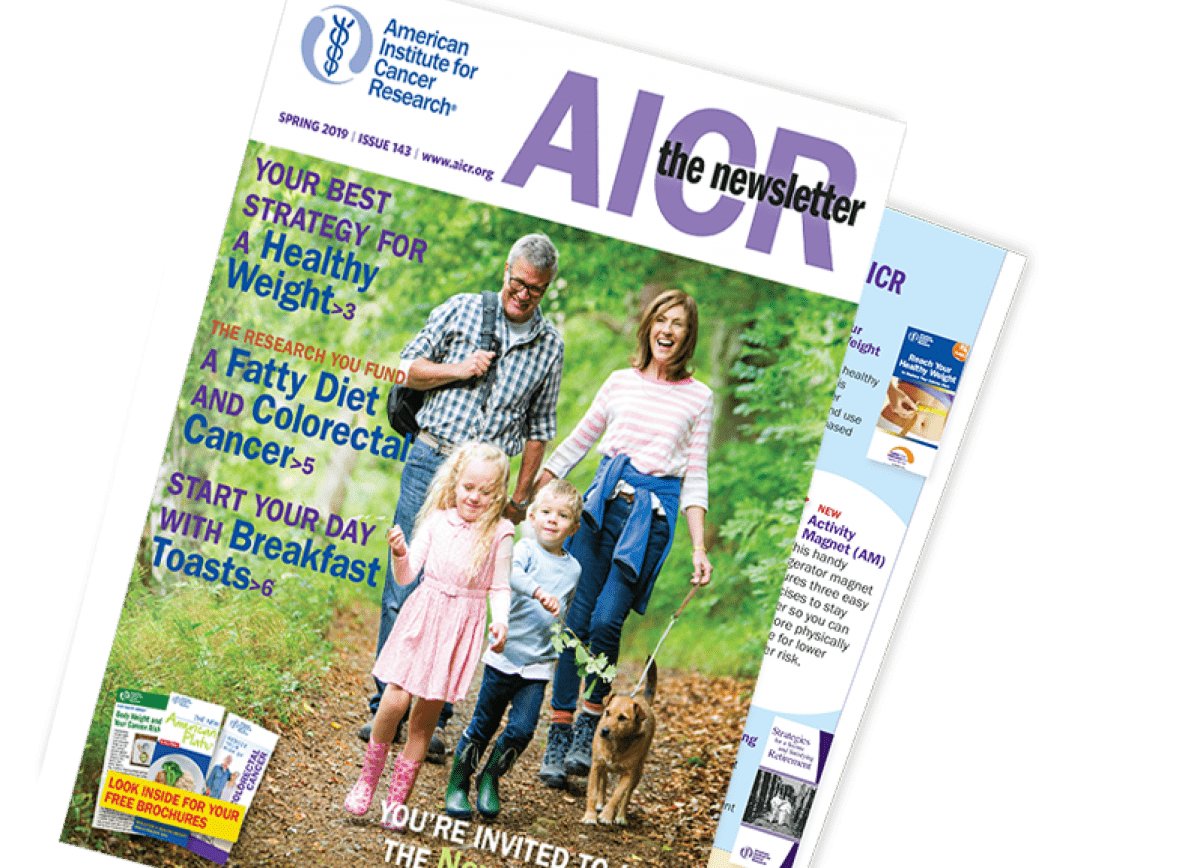Fall 2022 Archive
After it’s too late to correct, many donors have discovered that they failed to properly substantiate a non-cash gift, resulting in the loss of a valuable income tax charitable deduction. Even gifts of cash by check or credit card require, at a minimum, a bank record or receipt from the charity showing the organization’s name, amount and date of the gift [Code §170(f)(17)]. If the cash gift is $250 or more, the donor must obtain written substantiation from the charity describing the gift and making a good faith estimate of the value of any goods or services provided to the donor in return or indicating that no goods or services were provided [Code §170(f)(8)]. The donor must obtain the substantiation on or before the earlier of (1) the date the taxpayer files the return for the year in which the contribution is made or (2) the due date, with extensions, for filing the return [Code §170(f)(8)(C)]. An acknowledgment obtained later than either of these dates is not considered contemporaneous.
As demanding as the rules are for substantiating cash gifts, they can be even more exacting for non-cash gifts. Donors must have written records including (1) the name and address of the charity, (2) the date of the gift, (3) a description of the property in enough detail to identify it, including its value; in the case of securities, the name of the issuer, type of security and whether the security is regularly traded on a stock exchange or over the counter, (4) the fair market value of the property on the date of the gift and the method of valuation, (5) if less than the entire interest in the property is contributed, the amount claimed as a deduction for the current tax year, together with amounts deducted in earlier years for contributions of other interests in the same property and (6) the terms of any agreement or understanding between the donor and the charity as to the use, sale or other disposition of the gift property, including such things as restricting temporarily or permanently the charity’s right to use or dispose of the property, reservation of an income interest or other interest—such as the right to vote securities or reacquire the gift property—and the earmarking of the property for any particular use [Reg. §1.170A-13].
If the value of the property is more than $500, donors must obtain the same information as for cash gifts but must also detail the manner of acquiring the gift (e.g., by purchase, gift, bequest), the date of acquisition and the donor’s cost basis or adjusted basis [Reg. §1.170A-13(b)(3)].
Gifts exceeding $5,000 require an appraisal by a qualified appraiser [Code§170(f)(11)(E)]. An exception exists for gifts of publicly traded stock for which the market value is readily ascertainable. Gifts of closely held stock require an appraisal if the deduction exceeds $10,000.
Because of the strict rules that apply to deductions for non-cash gifts and the potentially costly result for failing to follow the rules, clients planning significant non-cash gifts this year (e.g., real estate, collectibles, life insurance) should take care to obtain the needed documentation from the charity as well as a qualified appraisal where required.
An individual who wishes to provide retirement security for a personal nurse, housekeeper or another household employee might consider options that also assist charity.
Charitable remainder trust—The trust is tax-exempt, like qualified retirement plans, with payments made for the life of the employee. There are no complicated funding formulas or limitations on contributions. There may be gift taxes on a portion of the assets transferred to the trust, but a charitable deduction would be allowed for the value of the remainder interest. The trust can be structured to pay a fixed annual amount (annuity trust) or a fixed percentage that fluctuates with the annual value of trust assets (unitrust).
Charitable gift annuity—Gift annuities make fixed payments for life to one or two individuals, based on the age(s) of the annuitant(s). A donor establishing a gift annuity for another person should fund the annuity with cash rather than appreciated securities to avoid an immediate capital gains tax on the annuity portion of the gift. A large portion of the annual payment will be tax-free for the life of the annuitant. The donor can even establish a deferred gift annuity to begin payments at some future date, resulting in a larger charitable deduction and annuity payout rate. Potential gift taxes can be avoided by retaining the right to revoke the annuitant’s interest, with all or a portion of each year’s payment eligible for annual exclusion treatment.
Under the SECURE (Setting Every Community Up for Retirement Enhancement) Act, taxpayers with earned income can continue making deductible contributions to IRAs after age 70½. For 2022, the maximum amount is $6,000 plus a $1,000 catch-up amount for those age 50 or older. But a client planning to make a qualified charitable distribution (QCD) from an IRA may be in for a nasty surprise if a deduction is claimed for an IRA contribution in the same year.
Making a deductible IRA contribution reduces the amount of a QCD that passes to charity tax-free. In Notice 2020-68, the IRS provides an example in which the excludable amount of the QCD is reduced by the amount of IRA contributions after age 70½. The result: the QCD donor could end up paying tax at ordinary income rates on money given to charity from the IRA—a potentially costly gift if the donor does not itemize.
The usual year-end advice for charitable donors is to make a gift of appreciated stock or mutual fund shares held for more than one year. The donor is entitled to a deduction for the fair market value of the stock while avoiding all capital gains. With markets down significantly from 2021, a better idea might be to sell shares of loss stock and contribute the proceeds to charity. The donor would be entitled to a loss deduction that can offset capital gains and up to $3,000 in other income, with excess losses carried over to future years. If the donor itemizes, a charitable deduction is available for the gift to charity.
© Copyright Sharpe Group. All rights reserved.






